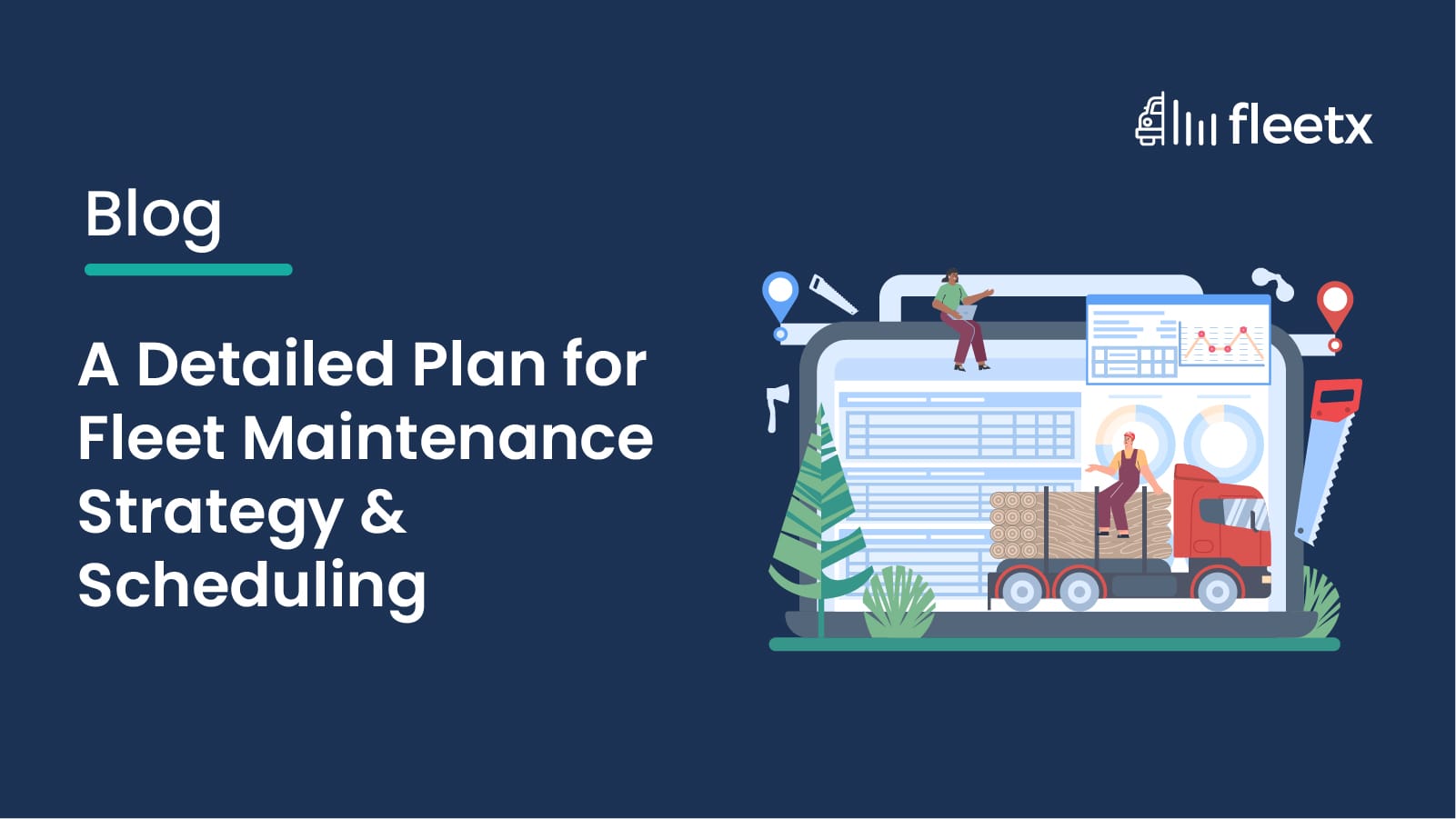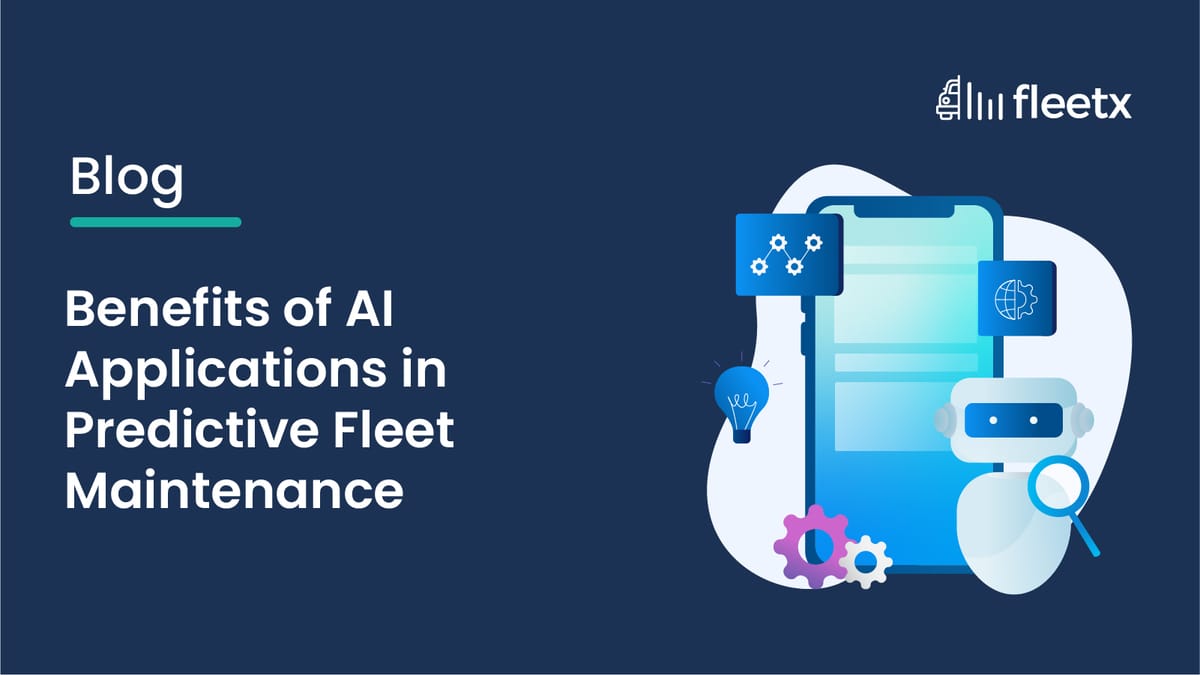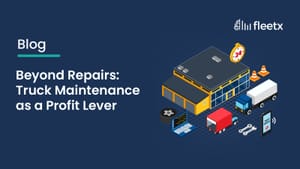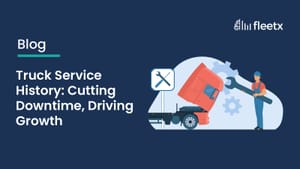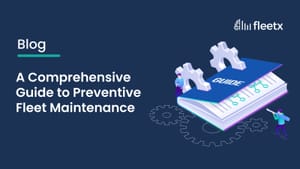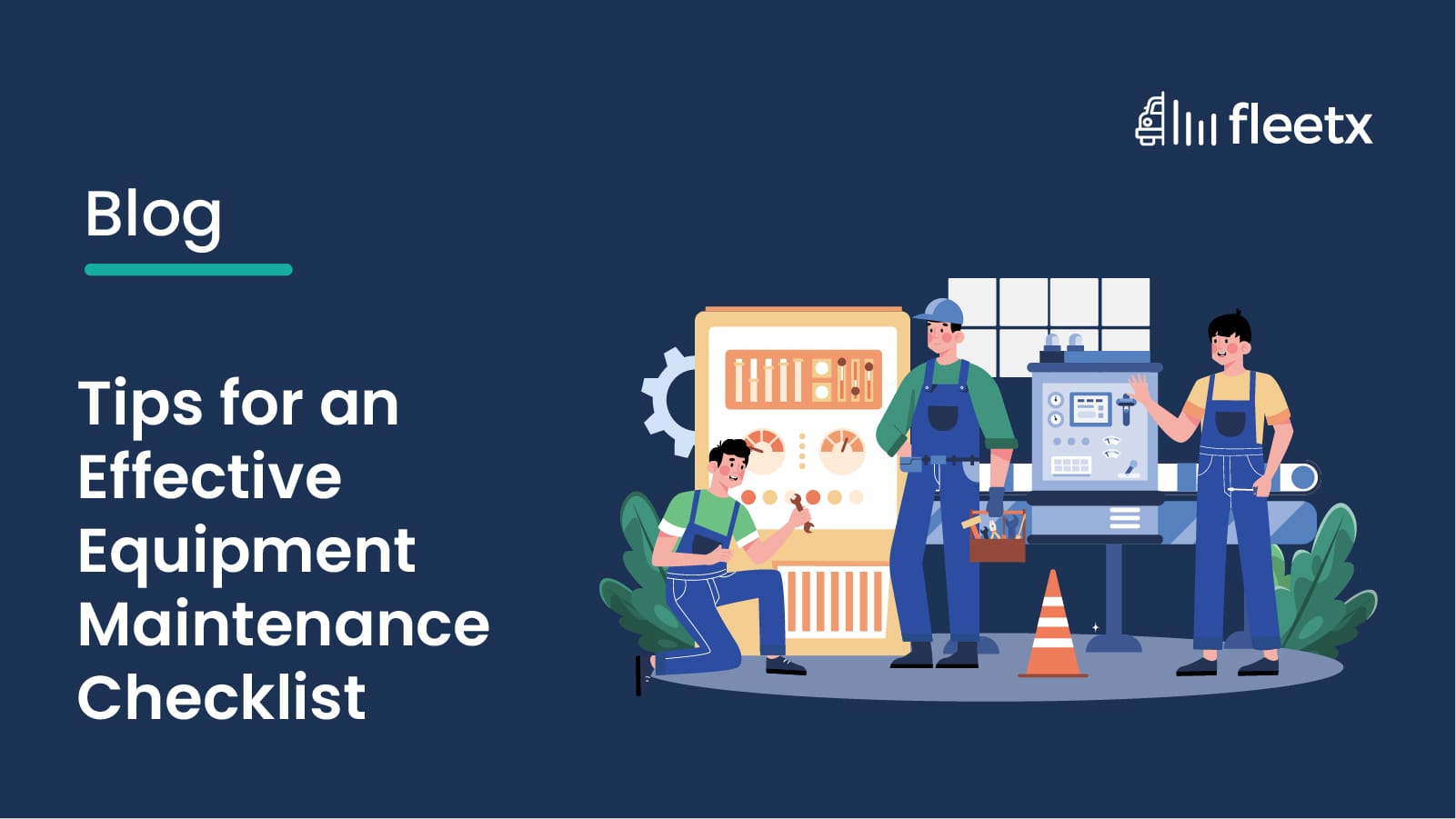
"An ounce of prevention is worth a pound of cure." – Benjamin Franklin
Construction equipment is the backbone of any large-scale infrastructure project. From excavators to bulldozers, every machine must function at peak efficiency to ensure deadlines are met without spiraling costs. Yet, without a structured maintenance checklist, even the most advanced machinery can bring operations to a grinding halt.
According to a study, unplanned downtime costs industrial manufacturers an estimated $50 billion annually, and a significant portion stems from poorly managed equipment maintenance.
This blog breaks down the essential aspects of building an effective equipment maintenance checklist and provides practical tips for construction businesses to keep operations smooth and costs under control.
Importance of Maintenance Management for Construction Equipment
A report states that predictive maintenance can reduce downtime by 30% and lower maintenance costs by up to 25%, proving that a robust checklist is not just a formality—it is a profit-making strategy. The construction sector runs on tight timelines and even tighter margins. A single malfunctioning machine can delay projects, affect worker safety, and result in financial penalties. Maintenance management ensures that equipment is always ready to perform at optimal levels.
Key reasons maintenance management is indispensable:
- Downtime Reduction – Regular checks prevent sudden breakdowns.
- Cost Efficiency – Fixing small issues before they escalate is always cheaper.
- Safety Assurance – Properly maintained machines reduce workplace accidents.
- Extended Asset Lifespan – Proactive care delays costly equipment replacements.
- Compliance with Regulations – Many construction projects are subject to several safety and emission compliance regulations; maintained equipment passes inspections easily.
When treated as a strategic activity rather than a reactive task, maintenance management becomes a direct contributor to profitability and project success.
Which Equipment or Parts Commonly Require Maintenance
Not all construction machinery demands equal attention. A good checklist prioritizes high-value, high-risk assets and critical parts that affect performance.
Some commonly maintained equipment and components include:
- Heavy Machinery – Excavators, cranes, bulldozers, loaders, graders.
- Hydraulic Systems – Hydraulic pumps, hoses, and cylinders, prone to wear and leaks.
- Electrical Systems – Wiring, batteries, alternators, lighting systems.
- Engines – Oil levels, filters, belts, coolant systems.
- Wear Parts – Tires, tracks, cutting edges, brake pads.
- Attachments – Buckets, drills, etc, which undergo high-impact stress.
- Safety Equipment – Alarms, seat belts, cameras, sensors.
A Quick Checklist for Excavator Maintenance:
- Inspect hydraulic hoses for leaks or cracks.
- Check track tension and adjust if necessary.
- Replace air and fuel filters on schedule.
- Grease all pivot points daily.
- Monitor engine oil and coolant levels.
By mapping out equipment-specific checklists, fleet managers ensure no detail is overlooked.
Preventive V/s Reactive Maintenance
When talking about maintenance strategies, there are two broad categories: preventive and reactive. While both have their place, their efficiency varies widely.
Construction firms adopting preventive maintenance strategies typically see more predictable budgets, fewer disruptions, and higher equipment ROI.
Transformative Role of AI and IoT in Equipment Maintenance Plans
1. Real-Time Monitoring with IoT
- Immediate alerts when thresholds are exceeded (e.g., an overheating engine).
- Remote monitoring so fleet managers can track multiple machines across sites.
- Digital twins of equipment simulate performance to detect inefficiencies before they become failures.
2. AI-Powered Predictive Maintenance
- Cuts unplanned downtime by 30–50%.
- Reduces maintenance costs by 18–25%.
- Increases asset life by identifying early stress signals invisible to humans.
3. Automated Workflows and Decision-Making
AI-driven systems integrate with maintenance software (CMMS/ERP) to:
- Auto-generate work orders when sensor data flags issues.
- Trigger spare part procurement before breakdowns happen.
- Suggest optimal repair times aligned with project schedules.
4. Enhanced Safety
IoT sensors combined with AI anomaly detection can:
- Warn operators about unsafe conditions (e.g., brake system failures).
- Shut down equipment automatically if safety thresholds are breached.
- Prevent accidents caused by undetected wear and tear.
5. Data-Driven Strategy
- Predictive insights help managers decide whether to repair, refurbish, or replace equipment.
- Performance benchmarking across fleets identifies underperforming machines.
- AI learns over time, making maintenance more accurate and cost-efficient.
7 Practical Tips on Improving Equipment Maintenance Strategy
A checklist is only as good as its execution. To ensure effectiveness, businesses need to optimize their maintenance approach.
1. Standardize Inspection Routines
- Define daily, weekly, and monthly tasks.
- Ensure consistency across multiple sites.
- Train operators to perform visual inspections before the shift starts.
2. Involve Equipment Operators
Operators know the machine’s intricate operations best. Involving them in inspections ensures early detection of unusual sounds, vibrations, or performance changes.
3. Leverage Condition-Based Monitoring
- Install IoT sensors to track engine hours, fuel consumption, or vibration patterns.
- Use alerts for anomalies before breakdowns occur.
- Combine sensor data with manual inspections for accuracy.
4. Create Priority Levels for Repairs
Not every issue requires immediate action. Classify repairs such as:
- Critical – Immediate downtime required
- Major – Needs repair within days
- Minor – Can be scheduled with the next service
5. Document Everything
Maintenance logs serve as evidence during audits, warranty claims, or resale negotiations. Paper checklists are outdated; digital tracking ensures real-time updates.
6. Align Maintenance with Project Schedules
Preventive maintenance should be planned around construction timelines to minimize disruption. Avoid scheduling services during peak usage hours.
7. Regularly Review and Update Checklists
Construction technology evolves. Update checklists as new machines, attachments, or safety requirements emerge.
Utilizing and Integrating Equipment Maintenance Tracking Software With the Current System
Workflow Using Software -
- An excavator crosses 500 operating hours.
- The system automatically schedules preventive maintenance.
- Alerts are sent to maintenance staff, and spare parts are pre-ordered.
- Post-service, the log is updated in real-time.
Must-Have Features in Maintenance Software -
- Mobile accessibility for on-site staff.
- Customizable inspection templates.
- Integration with IoT devices and sensors.
- Cloud-based storage for centralized visibility.
- Compliance document generation.
When integrated with existing systems, maintenance software not only prevents breakdowns but also gives construction firms a data-backed advantage.
Building a Culture of Preventive Care
Creating an effective equipment maintenance checklist isn’t just about ticking boxes - it’s about building a culture where preventive care is prioritized over reactive fixes. By following structured checklists, leveraging technology, and involving operators, construction businesses can slash downtime, enhance safety, and maximize asset utilization.
In an industry where every hour of downtime can cost thousands, proactive maintenance is no longer optional - it’s a competitive necessity. Companies that treat maintenance as a strategic investment, rather than a reluctant expense, will be the ones to stay ahead in an increasingly challenging market.
Why is a structured equipment maintenance checklist important in construction?
A structured checklist ensures critical equipment like excavators, bulldozers, and cranes run at peak performance without unexpected breakdowns. It reduces downtime, controls costs, improves safety, and extends asset life—directly impacting profitability and project deadlines.
How does preventive maintenance differ from reactive maintenance?
Preventive maintenance involves scheduled inspections and servicing to catch problems early, whereas reactive maintenance only kicks in after equipment failure. While preventive maintenance lowers long-term costs and downtime, reactive maintenance often leads to higher expenses, safety risks, and shorter equipment lifespans.
What role do AI and IoT play in modern construction equipment maintenance?
AI and IoT transform maintenance from guesswork into precision management. IoT sensors provide real-time monitoring and alerts, while AI uses predictive analytics to detect early stress signals, cut downtime, reduce repair costs, and optimize repair schedules. Together, they help construction firms move from reactive firefighting to proactive decision-making.
What features should construction companies look for in equipment maintenance tracking software?
The most effective software should include mobile access for on-site teams, customizable inspection templates, IoT integration for real-time monitoring, cloud storage for centralized data, and compliance document generation. These features ensure better visibility, accountability, and smarter scheduling across projects.

